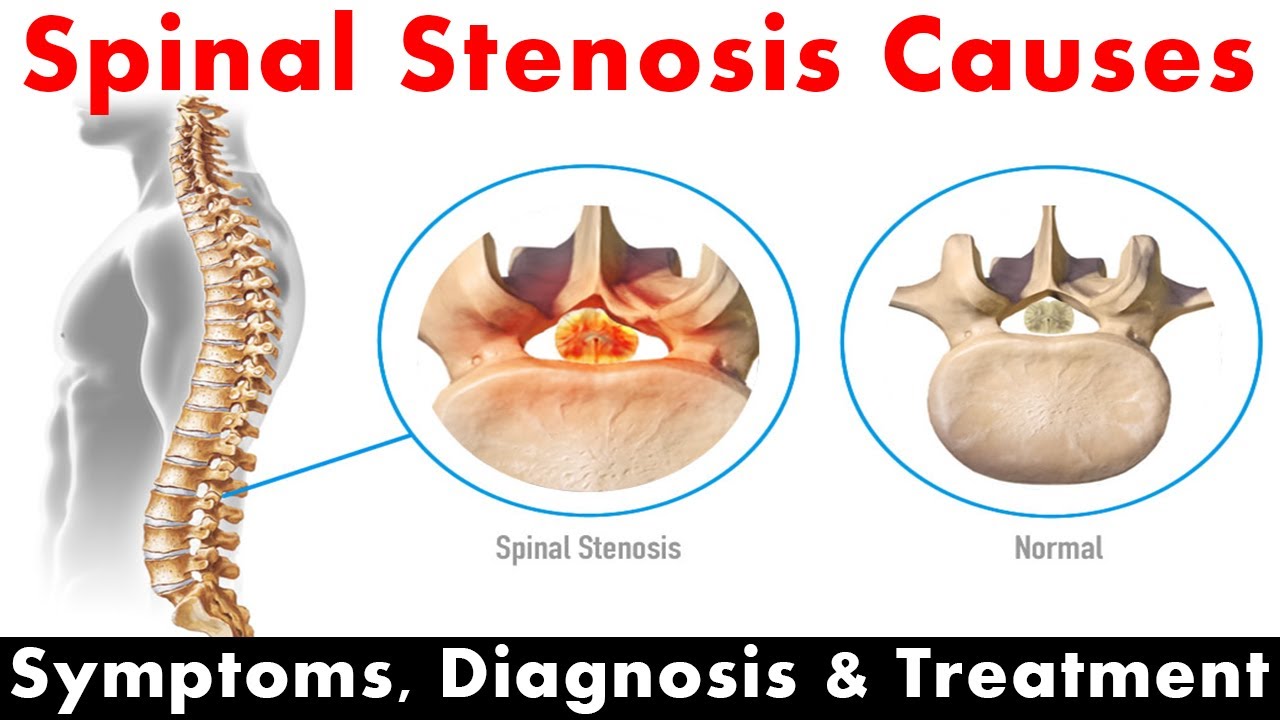
What Is It?
It's when the spaces between the bones that make up your spinal cord (called your vertebrae) get narrow. This can put pressure on those bones and on the nerves that run from your spine to your arms and legs. It happens most often in your lower back or neck.
The Symptoms
You may not notice any. But if the narrowing puts pressure on your spinal cord or nerve roots, you may have numbness, weakness, cramping, and pain in your arms and legs. In more severe cases, you may have trouble with your bowel, bladder, or having sex.
Who Gets It
It’s most common in men and women over 50 years old. But it can happen when you’re younger if you’re born with a condition that narrows your spinal canal, or you injured your spine in some way.
Your Aging Spine
The ligaments (cords that hold your spine together) may get thicker and harder as you age. Bones and joints also may get bigger, and that can narrow the spaces between your vertebrae. Arthritis, which is more common when you’re older, can make this worse.
Other Possible Causes
Several things can put pressure on your spinal cord and nerves. For example, if you have a herniated disk, the soft cushions or “disks” that separate your vertebrae can crack and ooze. Tumors also can grow in the spine, or a sudden injury can shift your spine or create bone fragments there.
Diagnosis
Your doctor will ask about your medical history because injuries and other health problems may cause the same symptoms. He will check for pain when you bend backward and test your muscle strength and reflexes. She also may want to do imaging scans to look inside your spinal column and check for things like tumors, bone spurs, or an injury.
Doctors Who Can Help
In addition to your regular and pain management doctor, you also may see physical and occupational therapists (who help you with certain exercises), a rheumatologist (who treats arthritis and related disorders), and a neurologist (who treats nerve problems). If you need surgery, you’d probably see an orthopedic surgeon (who deals with bones) or a neurosurgeon (who focuses on your nervous system).
Medication
To treat inflammation and pain, your doctor may suggest that you take over-the-counter drugs like acetaminophen, aspirin, naproxen, or ibuprofen. If those don’t help, he may give you a shot of a steroid (such as cortisone) in your epidural space to ease inflammation and pain.
Nonsurgical Treatments
Your doctor might recommend that you not do some activities. He also might suggest certain exercises to strengthen your stomach and back muscles to help support your spine. Aerobic exercises -- swimming, biking, or brisk walking -- can be good ways to stay active. If you’re older or have weak stomach muscles, you might need a brace to strengthen your backbone.
If you are suffering from pain, please contact our office at (516) 419-4480 or (718) 215-1888 to arrange an appointment with our Interventional Pain Management Specialist, Dr. Jeffrey Chacko.













